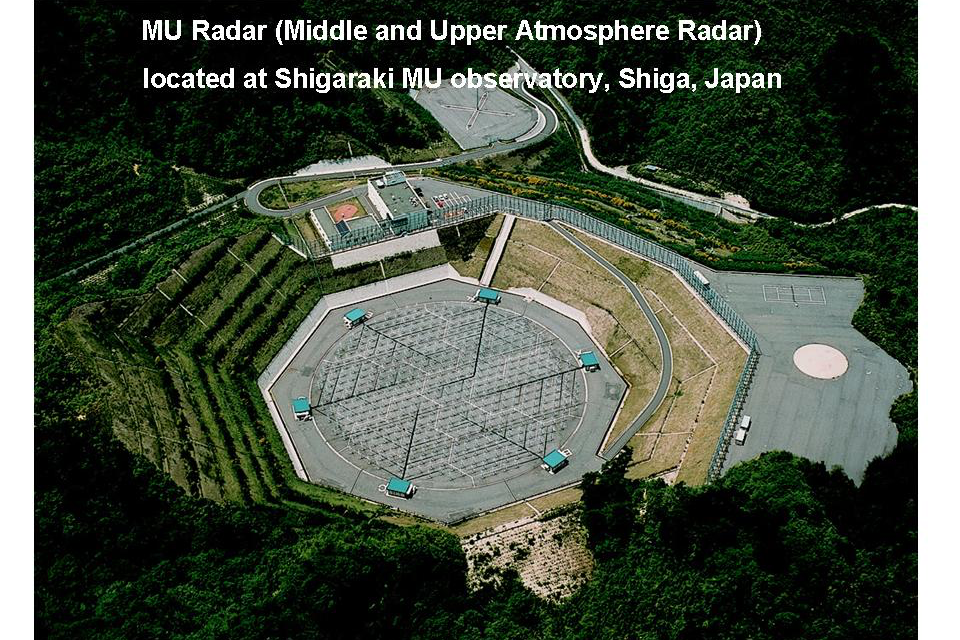There have been many claims that HAARP, the High-Frequency Active Auroral Research Program, has been activated to cause natural disasters such as the devastating earthquake that hit Japan. But is there truth to these allegations? Let’s take a closer look.
Scientists have claimed that HAARP is capable of manipulating the weather, triggering earthquakes, and even controlling minds. One of the most prominent theories surrounding HAARP is that it was responsible for the earthquake that struck Japan in 2011, causing widespread devastation and loss of life.
In recent news, many claims have emerged suggesting that the devastating earthquake in Japan was caused by the activation of HAARP.

Benjamin Fulford – China/Japan HAARP Earthquake Attack By the “Globalists”
Related article:
A Strange Cloud, Hole, or Portal in the Sky over Japan

Japan’s HAARP, the world’s largest
Kyoto University HAARP (Mu Radar)
Since the Japan Meteorological Agency is a climate manipulation military facility belonging to the Self-Defense Forces,
You can’t tell the crazy truth about extreme weather
I also remember the strange typhoon course. Chemtrail linkage.
It seems that even in the earthquake, it was strong against foreign countries and tampered with the crust.
Green Flashes of Light – Earthquake Japan 03-16-2022
These mysterious lights have been reported by eyewitnesses during seismic activities, leading some to believe that they are somehow connected to HAARP’s activities.
In this video, some people pointed out that a 7.3 magnitude earthquake hit near the coast of Fukushima, Japan, just a few hours ago. This caused a tsunami warning and left over 2 million homes without power. Some are saying that the bright flashes seen are due to HAARP being activated.
宮城県と福島県で震度6強https://t.co/CO3JmvpVcx#nhk_video pic.twitter.com/JqHSHpWg7C
— NHKニュース (@nhk_news) March 16, 2022
Additional Information:
MU Radar (Middle and Upper Atmosphere Radar) and Shigaraki MU observatory
Overview
The MU radar, located at Shigaraki MU observatory, Shigaraki, Japan, is known as the most capable atmospheric radar in the world. It has been used by both domestic and international researchers since 1984 for the study of variability of the Earth’s atmosphere from variety of perspectives from meteorology to upper atmospheric dynamics.
MU Radar
The MU radar uses VHF radio waves with a frequency of 46.5 MHz (3.5 MHz bandwidth and 1 MW peak output power). The antenna area consists of 475 Yagi antennas arranged in a circular array of 103 m diameter. Fast beam steering and flexibility for various observation configurations are the characteristics of MU radar. In 2004, MU radar imaging observation system with ultra multi-channel digital receivers was installed for the study of detailed structures in the atmosphere.
Outlook of the MU radar

Array antenna

TX/RX modules

MU radar observatory and various instruments
The novel technique of the MU radar has been applied to the development of various other types of atmospheric radars. Many of them and other instruments are operated in Shigaraki MU Observatory that is becoming a core center of atmospheric observation.
Millimeter-wave Doppler radar

L-band lower troposphere radar

Lower thermosphere proflier radar

Rayleigh Raman lidar

Equatorial Atmosphere Radar (EAR)
Overview
EAR is a large Doppler radar facility located at the equator in West Sumatra, Republic of Indonesia. It consists of 560 Yagi-antennas in a circular field of 110 m in diameter. EAR has almost the same functionality as the MU radar except that the output power is 100 kW. It can observe winds and turbulence in the altitude range of 1.5 km to 20 km (troposphere and lower-stratosphere), and ionospheric irregularities at an altitude above 90 km.

In close collaboration with the National Institute for Aeronautics and Space (LAPAN) of Indonesia, EAR has carried out long-term observations since June 2001. Research funded by a Grant-in-Aid for Scientific Research for Priority Areas “Coupling Processes in the Equatorial Atmosphere (CPEA)” is currently being conducted during 2001–2006 as a collaborative study involving Shimane University, Tokyo Metropolitan University and Nagoya University. During the course of the CPEA project, various instruments have been accumulated in the EAR site.

In addition to the EAR, we operate mediam frequency (MF) radar and boundary layer radar facilities in suburbs of Jakarta, West Kalimantan, South Jawa, which participate in a regional radar network in Indonesia, EAR, the MU radar and number of radar facilities in other countries forms international network of atmospheric radars around the equator.

Watch:

(HAARP) is a large antenna array system designed and built in the 1980’s and originally intended as a military defense project against Russian missile attacks. Some of the secondary features of the HAARP system however, proved to be more interesting than simply radar and communications disruption. By focusing resonant frequencies into the ionosphere, HAARP can create signals of extreme low frequency that can actually affect the human brain. The discovery of this technology has lead the military and the private sector to explore technologies that use resonant frequencies to effect how people think and feel. The human body is largely electro-chemical, and by interfering with certain frequencies scientists can alter how the human body will react. These interferences can be used for positive aspects such as meditation and relaxation, but they can also be exploited for more nefarious purposes such as creating stress, confusion, and the sensation of psychosis or schizophrenia in a targeted individual. Featuring an exclusive interview with writer and researcher Dr. Nick Begich, HAARP and The Future of Technology looks at how research into electro-chemical reactions and frequency response has changed the ability of military operators to turn our computer guided world against us.
Source: Revelation Today
Also Read:
